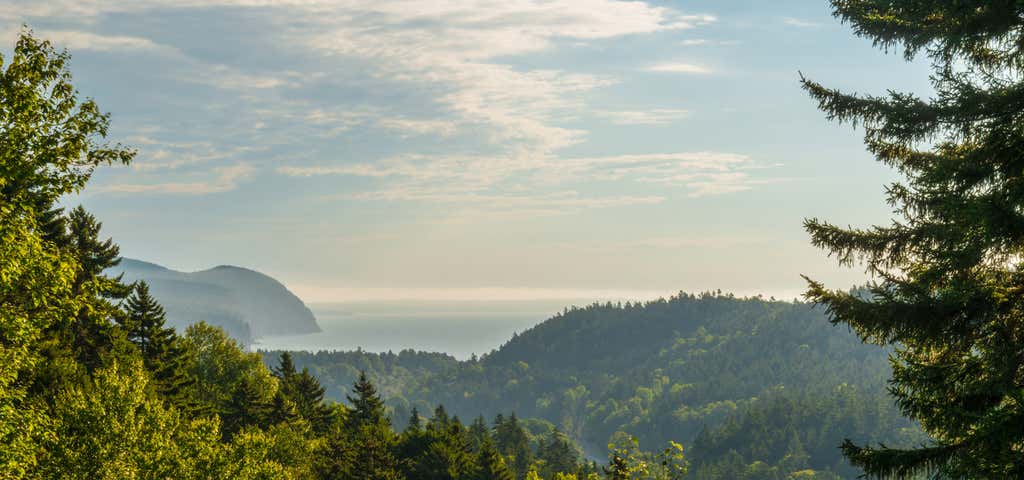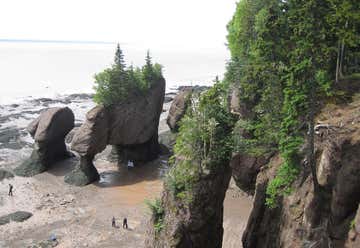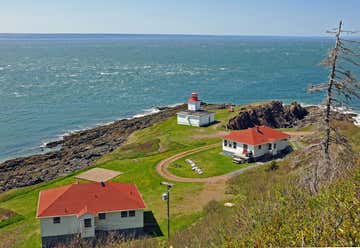The Bay of Fundy is home to the world’s highest tides due to the natural resonance of the water and the unique shape of the bay itself. High tide peaks at approximately 50 feet, or about the size of a 5-story building. The drastic highs and lows of the tides expose vast expanses of sea bottom, change the course of rivers, and transform the coastline every 6 hours. The tides have shaped (literally) life on the Bay. From the natural wonders to the fishing to the harbours, everything here comes back to the tides eventually. So it’s no surprise that any visit would not be complete without witnessing the drastic highs and lows in some way or another.
18 Lovers Lane, Harvard, Massachusetts, United States
If you’re looking for a little less wild nature and a little more culture, the coastline is dotted with great towns to visit. St. Andrews by-the-Sea has become a vacation destination, full of old-world charm, a wonderful historic district, plenty of lodging and dining options, and home to Kingsbrae Garden, one of the top ten public gardens in Canada. Annapolis Royal is a quaint seaside town with a vibrant art scene, lots of shopping, and adorable B&Bs. St. John’s is a booming harbour town, with plenty of modern hotels, theatres, shopping, and easy access to French, English, and Mi'kmaq historical sites.
Saint Martins, New Brunswick, Canada
Saint Martins is in the heart of the Bay of Fundy. It's a quaint and charming coastal town, complete with an enchanting lighthouse (the lovely Quaco Head Lighthouse), a fleet of colourful fishing boats, dramatic coastline (you can explore the ocean floor when the tide is out), salt marshes, and more. It's also at one end of the Fundy Trail, a route that follows along "the last undeveloped stretch of wilderness coastline in North America." Pull off the route to admire the waterfalls, explore the secret beaches, and take in the vistas, that let you see all the way to Nova Scotia.
Also known as the Flowerpot Rocks, the Hopewell Rocks are dramatic rock formations created by the erosion of the tides. Go during low tide to explore the sea bottom, the coves, and see these impressive structures in their entirety. You can take a kayak at high tide for a view of their tops. A must-do if you’re in the area.
The pounding tides that have shaped the Bay over time have also revealed its secrets. The Joggins Cliffs contain fossils dating back as far as 310 million years. The relentless water rushing in and out of the bay exposes new layers of fossils every three to four years. The cliffs contain some of the finest examples of Coal Age fossils in the world. Not sure what you’re looking at? Take a tour and let an experienced guide interpret the cliffs for you. Be sure to see the extensive fossil collection on display in the Joggins Fossil Cliffs Centre as well.
This World Heritage Site is a park in commemoration of the Acadian settlement that once thrived in Grand Pre. Almost the entire population was deported by British troops during the French-Indian War, 12,000 in all. Their villages were burned to the ground and their culture nearly disappeared from history altogether. The events were brought into public consciousness through Longfellow’s poem “Evangeline” in 1847. You can now visit Evangeline’s statue at the Memorial Church. You can also explore the hull of a deportation ship, take a guided tour to learn more of the tumultuous history of the Acadians, and just enjoy your time in the beautiful gardens!
For some of the best views of the Bay, check out the Cape d’Or Lighthouse. There is a fairly steep walk part of the way, so wear comfortable shoes and be ready for some exertion, but the effort is worth it. The old lightkeeper’s cottage has been turned into a guesthouse, and there is a cafe, so you can rest and enjoy a meal while you watch the tides going in or out. Sunset is an especially beautiful time to visit.
The Bay of Fundy is also a feeding ground for humpbacks, minkes, and finbacks, among other. If you’re very lucky, you may even spot the endangered North Atlantic Right Whale. There are only a few hundred left in existence on the entire planet, and they have a nursery in the Bay. Take a tour from Digby on the Nova Scotia side or from St. Andrews on the New Brunswick side.







